This article was co-authored by wikiHow Staff. Our trained team of editors and researchers validate articles for accuracy and comprehensiveness. wikiHow's Content Management Team carefully monitors the work from our editorial staff to ensure that each article is backed by trusted research and meets our high quality standards.
wikiHow marks an article as reader-approved once it receives enough positive feedback. In this case, 95% of readers who voted found the article helpful, earning it our reader-approved status.
This article has been viewed 193,310 times.
Learn more...
Mahamri are traditional Swahili doughnuts especially popular in the coastal regions of Kenya, Tanzania, and Uganda. Puffy and golden brown, these triangular doughnuts are made with coconut milk and spiced with cardamom. Often eaten alongside pigeon peas, mahamri/mandaze are great treats to make for family gatherings or to enjoy at breakfast along with a cup of chai or coffee.
Ingredients
Serving: 20 Mahamri
- 3 cups (36 ounces) all purpose flour
- 1 can (13.5 ounces) coconut milk
- 1 teaspoon (4.93 ml) ground cardamom
- 1 tablespoon (14.79 ml) instant yeast
- ¼ cup (59.15 ml) warm water
- ½ cup (118.3 ml) sugar
- cooking oil
Steps
Making the Dough
-
1Combine the yeast with water, sugar and flour and leave to rise. In a medium sized bowl, measure in the yeast and mix in a pinch of sugar, a pinch of flour and ¼ cup (59.15 ml) of warm water. Leave the yeast in the bowl to rise for about ten minutes.
- The sugar and flour help the yeast to rise.
- When the yeast rises, it will expand and have a foamy texture.
-
2Combine the flour, sugar, cardamom, coconut milk and yeast mixture. In a large bowl, combine all the ingredients, excluding the cooking oil. The mixture should form a dough.[1]Advertisement
-
3Knead the dough with your hands. Take the dough out of the bowl and kneed it on a clean counter or cutting board. Kneed gently for a minimum of 15-20 minutes until all the ingredients are incorporated and the dough is soft and smooth.[2]
- If the dough is still sticky, it means that you should continue kneading.
-
4Leave the dough to rise. After kneading the dough, place it back inside the large bowl and cover it with a clean cloth. Leave the dough to rise in a warm place for around eight hours, or overnight. This gives the dough enough time to fully rise.[3]
- When the dough is double its original size, it means that it has finished rising.
- If you live in a warm or tropical area, the dough may only need a couple hours to rise. Keep checking on the size of your dough if you are unsure how long you should leave it.
Preparing the Dough for Frying
-
1Divide the dough into five balls. After the dough has finished rising completely, divide it into five equally sized balls. Treat the dough with a light hand and do your best not to squash or over-handle it. [4]
-
2Coat the dough balls with flour and let them rise. After you have made your five balls of dough, sprinkle flour on a counter or cutting board and gently roll the balls in the flour to coat them. Then cover the balls with a clean cloth and let the dough rise for 15 minutes.[5]
-
3Roll out each ball and shape them into circles. Sprinkle more flour onto the cutting board, then use a rolling pin to roll each ball until flat. The flattened balls should now roughly look like circles. Use your hands to cup and shape the dough into circles if they are misshapen.[6]
-
4Cut the dough circles into quarters. Use a sharp knife to cut each circle into quarters. You will have 20 triangular pieces of dough, which you will now fry up and make into your mahamri.
Frying the Mahamri
-
1Pour the oil into a wide, deep frying pan over medium heat. Once the dough is prepared, pour the cooking oil into a deep frying pan. Make sure to pour at least three inches of oil into the pan.
- Try to use a cooking oil with a high smoke point that is meant to be used in deep frying. Peanut oil, for example, has a high smoke point, while olive and vegetable oil do not.
-
2Test the oil. When frying mahamri, it’s essential that the oil is hot enough to properly fry the dough. To test whether or not the oil has heated completely, tear off a small corner of dough from one of the triangles and drop it into the pan. If the dough stays at the bottom of the pan for a couple seconds, then comes to the surface of the oil and starts to puff up, the oil is hot enough for frying.[7]
- If the scrap of dough immediately rises to the top of the oil after you drop it in the pan and does not change size, you will need to keep heating the oil. Check after another five minutes to see whether the oil is ready.
-
3Drop four mahamri into the oil. Drop in four dough triangles into the pan, making sure they don’t overlap. Use a spoon to splash oil over the top of the mahamri a few times while they are frying.[8]
-
4Flip the mahamri. After you notice that your mahamri are starting to turn golden brown on the bottom, flip them with a spatula. Cook them for a minute on this side until both sides are golden brown.[9]
-
5Remove the mahamri. Use a slotted spoon to scoop up the mahamri after they have finished frying. Place them on a large plate lined with paper towels, which will help soak up the excess oil.
-
6Fry the other mahamri in batches. Repeat the same process of frying for the other sixteen mahamri, frying in batches of four at a time. After they have finished frying, place the mahamri on the platter lined with paper towels.[10]
-
7Serve while warm. Leave the mahamri to cool for a few minutes, then serve them while warm! Eat them alongside the traditional dish of pigeon peas cooked in coconut milk, or just enjoy them with a steaming mug of coffee or chai!
Community Q&A
-
QuestionCan warm milk replace the water?
 Community AnswerYes, you can use milk or water. You will have to use a lot of milk so that the dough is smooth and not dry.
Community AnswerYes, you can use milk or water. You will have to use a lot of milk so that the dough is smooth and not dry. -
QuestionCan I use ordinary milk if I have no coconut milk?
 Community AnswerThough mahamri are traditionally made with coconut milk, you can also use regular milk, though it gives the doughnuts a slightly different flavor.
Community AnswerThough mahamri are traditionally made with coconut milk, you can also use regular milk, though it gives the doughnuts a slightly different flavor. -
QuestionCan I use milk and eggs when preparing mahamri?
 Community AnswerYou can replace the coconut milk with regular milk, but I would avoid using eggs.
Community AnswerYou can replace the coconut milk with regular milk, but I would avoid using eggs.
References
- ↑ http://www.somalikitchen.com/mahamri-african-doughnuts.html/
- ↑ http://allkenyanrecipes.com/mahamri-coconut-cardamom-doughnuts/
- ↑ http://www.somalikitchen.com/mahamri-african-doughnuts.html/
- ↑ http://www.somalikitchen.com/mahamri-african-doughnuts.html/
- ↑ http://allkenyanrecipes.com/mahamri-coconut-cardamom-doughnuts/
- ↑ http://www.somalikitchen.com/mahamri-african-doughnuts.html/
- ↑ http://allkenyanrecipes.com/mahamri-coconut-cardamom-doughnuts/
- ↑ http://allkenyanrecipes.com/mahamri-coconut-cardamom-doughnuts/
- ↑ http://www.somalikitchen.com/mahamri-african-doughnuts.html/
About This Article
To make mahamri, start by combining yeast, water, sugar, and flour to make the dough. Then knead the dough and leave it to rise until it’s doubled in size. When the dough is ready, divide it into 5 equally sized balls. Let them rise before you roll out each ball and shape it into a circle. Cut the circles into quarters, and fry the pieces in a deep, wide frying pan. Be sure to use very hot cooking oil, and cook the mahamri on both sides so it's golden brown all over. For more on how to make mahamri, including how to test the oil to be sure it’s hot enough, scroll down!


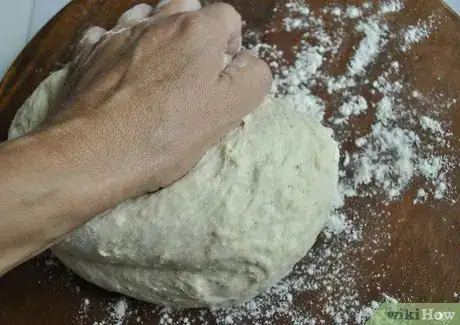
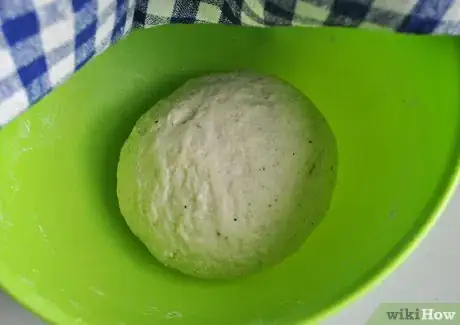

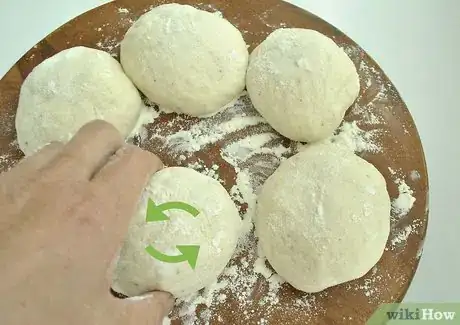
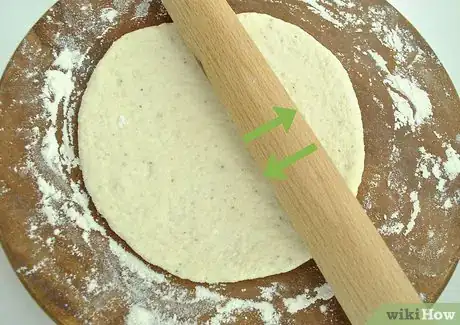
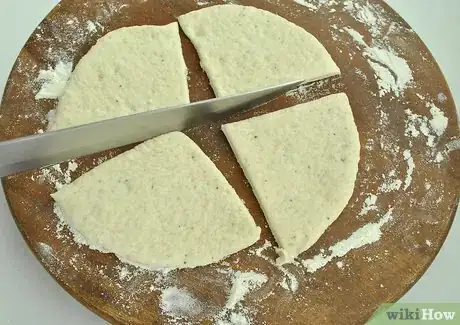



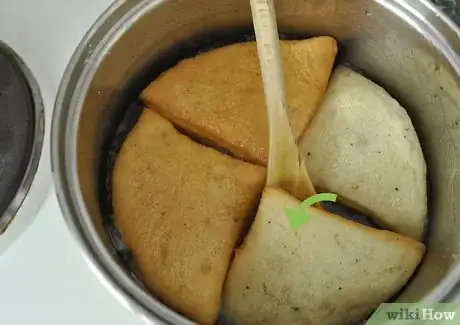

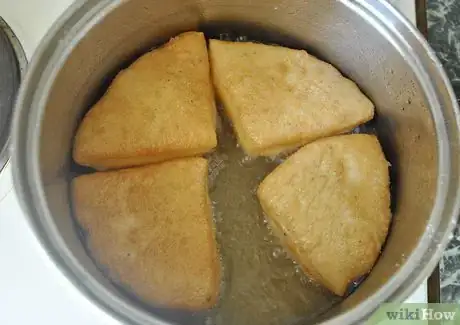
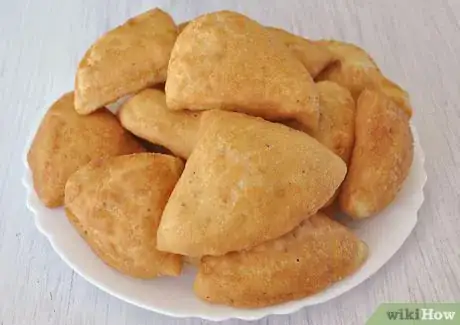

-Final.webp)




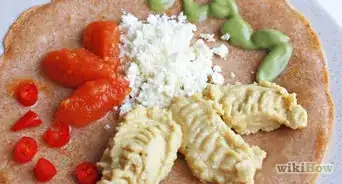
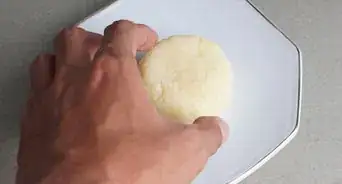











-Final.webp)




































